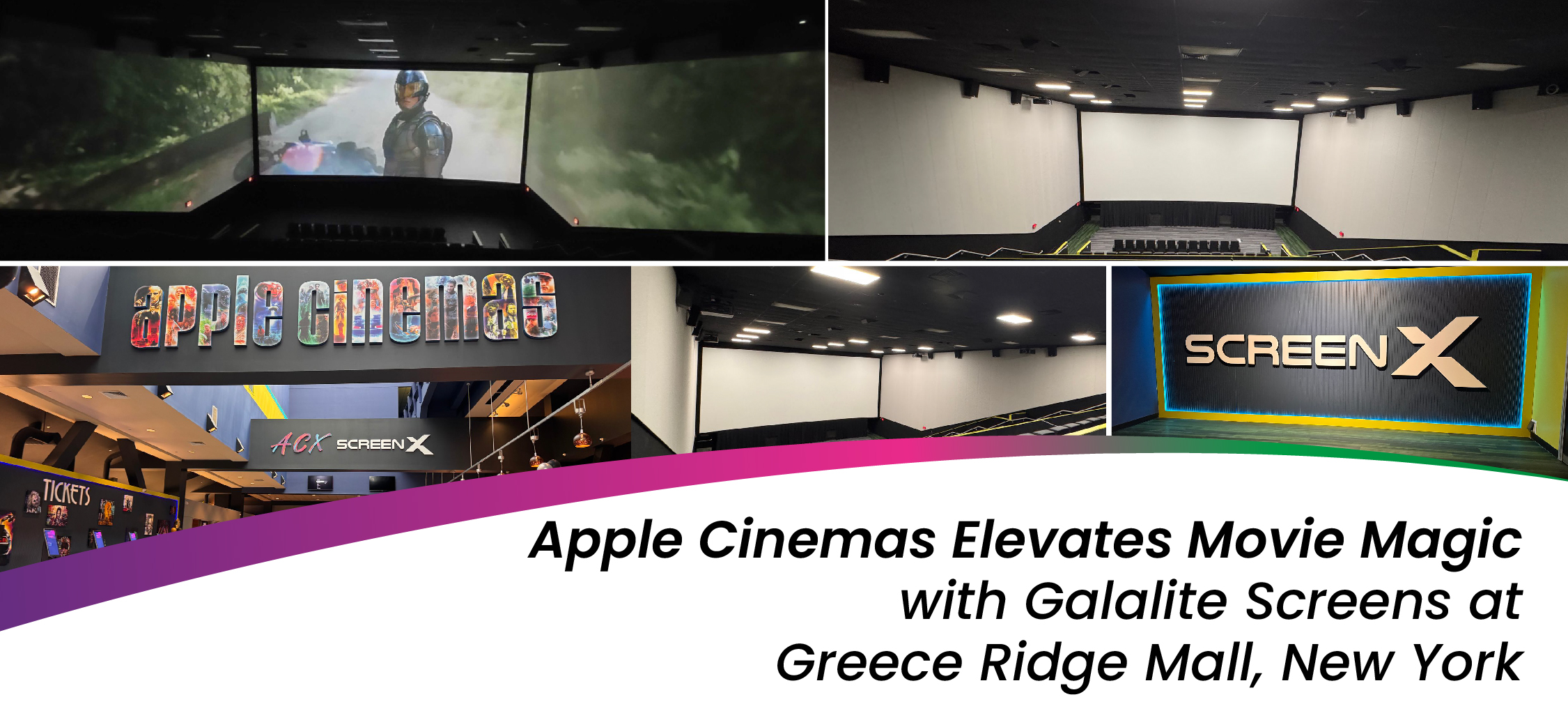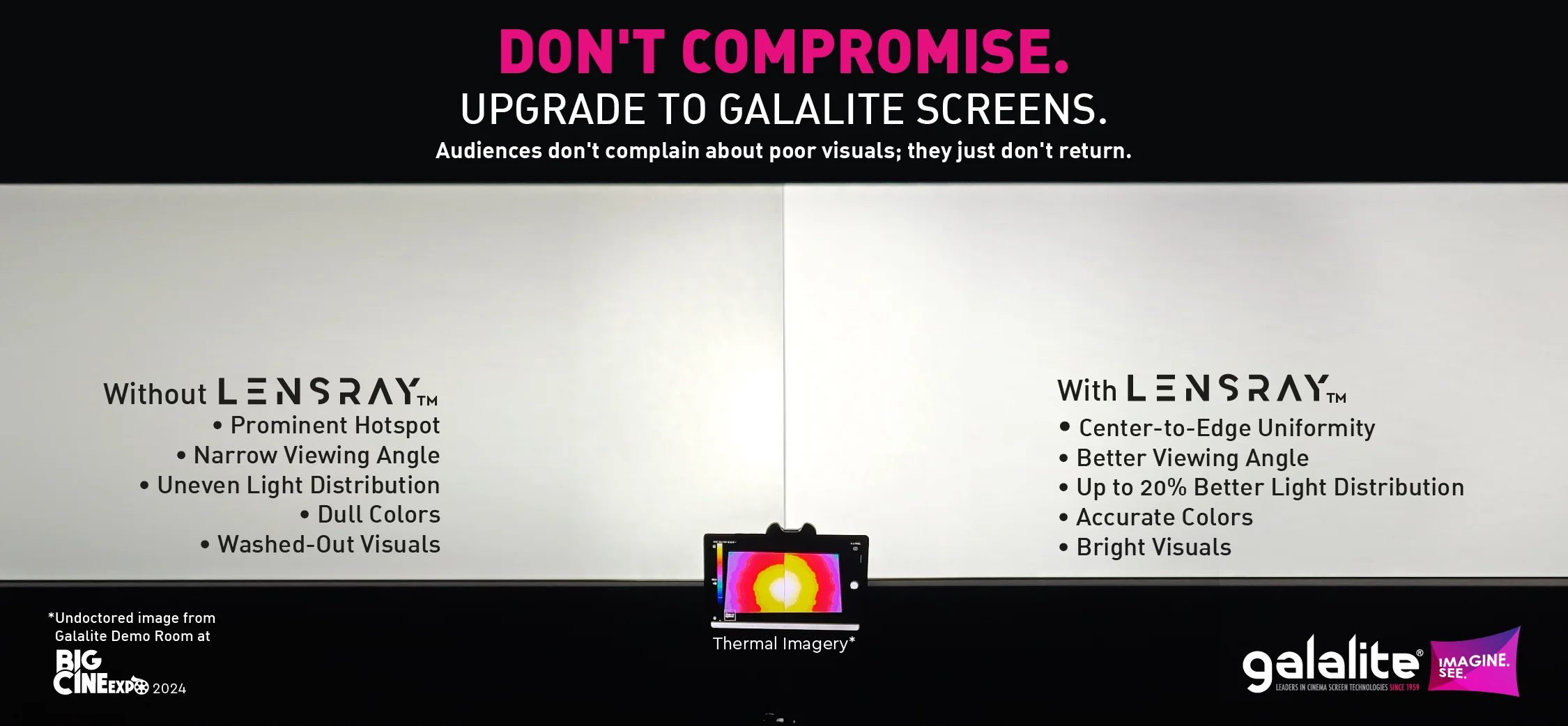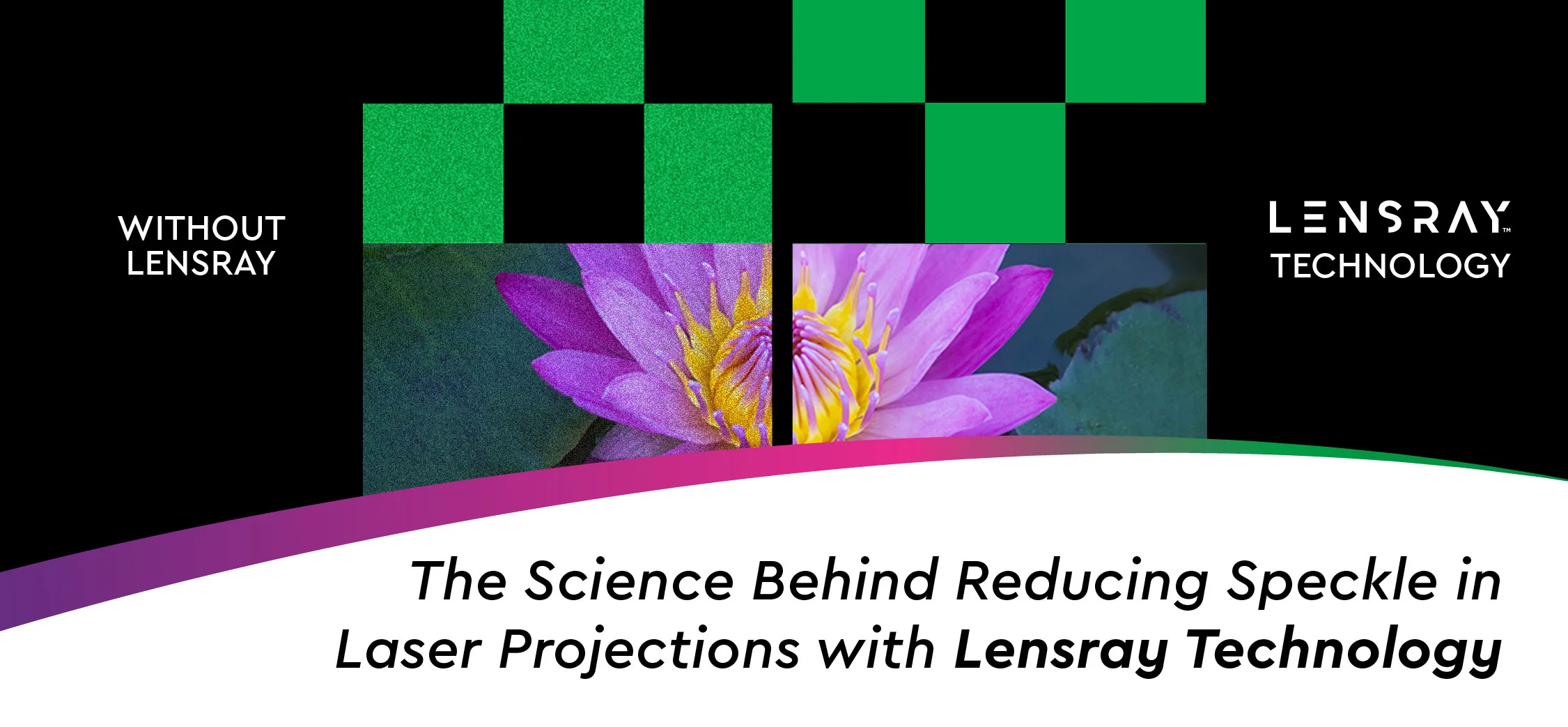
When we watch a film, we usually pay attention to the plot, the set locales, music, etc. One thing we don’t really give much thought to but plays a major role in influencing our thoughts. The color scheme. As we know, colors play a major role in our subconscious mind. Red is associated with happiness, green with fertility, blue with calm, etc. In a film, these colors play a very important role in setting up our expectations of it and its characters, and most importantly, stirring your emotions.
Like the neon colors of Blade Runner and the primary colors of Toy Story, colors play an important part in understanding the background of a story. In this case, the neon colors set up a futuristic world while the primary colors fit well into the narrative of a child’s room. The tans and oranges of the first few scenes of Wall-E set us up for a gut punch when the vivid green plant is introduced.
Some directors have a signature color scheme for their films. Like Anurag Basu, his sepia-toned films invoke nostalgia and lost innocence which is an integral part of his stories. Wes Anderson on the other hand uses an art nouveau palette to further highlight the absurdist nature of his films while Tim Burton’s films feature bright colors in a gloomy setting. Recently, the film Ludo used the primary colors of a Ludo board to set up four interlocking stories, each with its unique color scheme.
Colors also play a huge role in characterization. The crisp whites of a politician, the dark suits of an evil corporate genius, and the colors of one’s clothing are important too. A peasant will be shown wearing wan and muted colors while the kings and nobles wear rich, colorful clothes. Batman’s greys and blacks contrast with the Joker’s vibrant green and purple, setting them up for conflict with each other. The red coat of the little girl in Schindler’s list stands out in the film’s black and white world, drawing our eyes to her, and making us wonder about her fate.
Of course, that is not the only way color is used. It is also used to subvert expectations. A magenta-colored fuzzy bear won’t register as an antagonist but in Toy Story 3 that’s exactly what happens.
Rich or muted. Vivid or pastel. Colors play a major role in cinema. However, the impact of all this comes through only when the color translates faithfully on the screen in the required brightness and hue. If the colors appear washed out and dull then the viewing experience is ruined and so is the hard work of the crew. This is why the quality of the screen matters so much. With a Galalite screen, you can enjoy the colors in the exact way the director intended you to see them with zero distortion and washing out.
Do you notice the use of color in films? If so, let us know your favorite use of color in a film in the comments!



